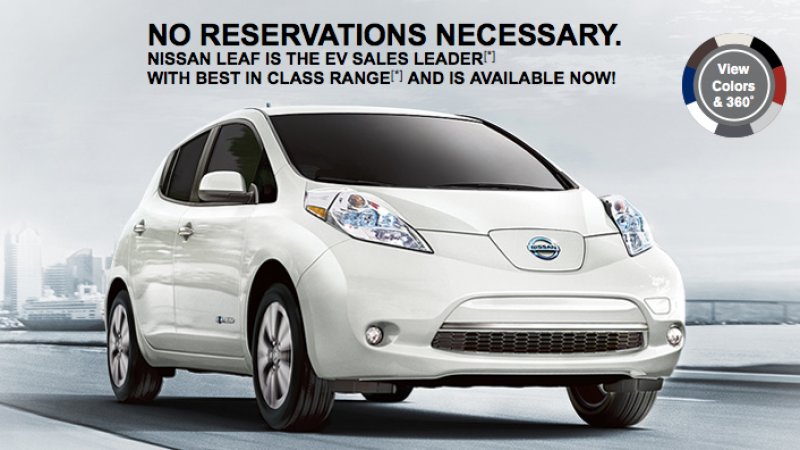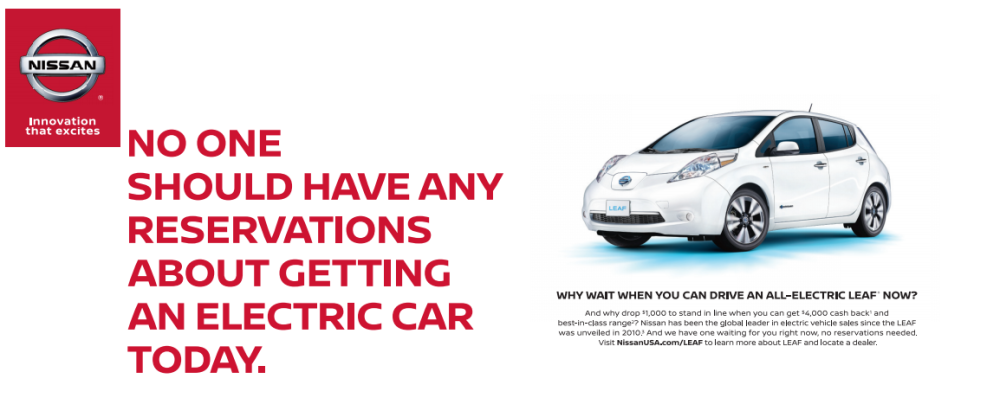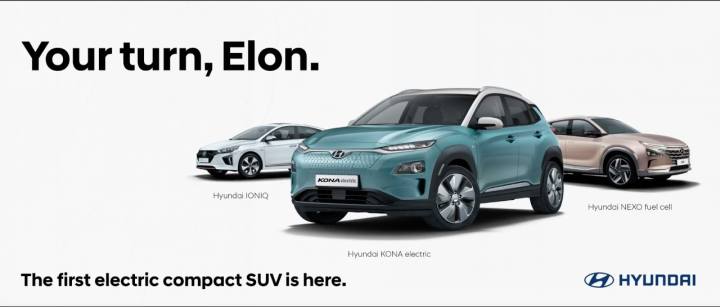Video
https://www.youtube.com/watch?v=agdOR-2A7Js
I am really happy with how my final video has turned out, despite the let down when it came to picking up the car I was originally going to film with. Overall, I had a lot of fun planning and filming this video, and enjoyed seeing my idea develop from just an idea in my head to a rounded, finished piece. I have learned a lot about storyboarding and time management when you’re under time pressure. I liked the added pressure of learning creative programs that I otherwise would hardly use, such as After Effects and Animate, as it gave me the chance to get to know them and learn new techniques across the Adobe Suite. One part I particularly liked was designing and animating my character into my video, as it is unique to my project. If I were to repeat this aspect of my final project I would definitely spend more time planning out shots that fit the storyline and I would use fewer tripod shots and more handheld camera angles. I would get more shots too, so I had more video clips to work with, this way I could be more creative and less linear when it comes to editing my video together, This is because I feel like I restricted myself due to not gathering any additional shots to accompany my work, I only gathered the shots I had already pre-planned. I would also act upon the research I carried out on shot lists and storyboards to create more in-depth plans to make adapting my project to a different vehicle easier than what it was. I have learnt during this project that it is okay to take your time with a video project and that I shouldn’t be afraid to ask for help if I need it, as I was only putting additional pressure on myself to get it done on my own, which was not possible. I have enjoyed producing a video in this style and would love to do something similar for a future project.
Poster/s
I made a good selection of poster designs, but these were the 3 I went with to be printed and displayed at the exhibition.
I am hugely proud of the posters I have created for this project as they allowed me to stretch my creative imagination and see my ideas of a campaign come to life. In print, these posters look really good (A2 size) and do their job effectively. They fit the mood and style of my campaign well and I had a lot of fun making them using Lightroom and Photoshop, and they came out looking really professional. If I were to repeat this project I would definitely spend far more time on my poster plans and designs, as I came up with quite a few ideas both during and after the project. I would also carry out more experimentation on some of my ideas to develop my work even further, which would allow me to stretch my imagination, and try new techniques, such as trying some of my graphic ideas in Photoshop, Illustrator and/or InDesign. I would also do far more sketching out of several ideas because this will allow me to plan even more thoroughly and give my self way more ideas to work with. I would have liked to try something new with my poster designs but I feel like I didn’t have the time due to issues with my video project, issues with my personal vehicle and time spent on a secondary client project. So for my next project, I would certainly work on giving my poster graphics more time that I did this time around.Overall
This project has thrown a good selection of creative challenges my way, such as learning how to mask in After Effects and Using different features in Photoshop. I have thoroughly enjoyed being in control of my own project, and it has allowed me to show and improve my time management skills. It has also shown me that I am able to work under pressure and create professional looking work. If I were to repeat this project I would spend more time planning my pieces, and setting out my time management sheets, such as creating a Gantt chart. This would help me to always be busy creating work for my project and keep up with everything I need to do. I would try to not rely on other people so early on into my project because it did let me down, but this also taught me that sometimes it’s okay to cave in and ask someone for their help. I would spend far more time planning my outcomes and carrying out relevant research on my chosen topics, and I would ask my peers for their feedback at different stages of the project. If I had more time on this project I would definitely spend more time on my poster idea generation and designs as I feel like I could have been more creative with my campaign this way. I do feel like my time was spent well, especially as I had external issues out of my control, and had to spend my time on those things. But this has tested me to be able to work under more pressure to a deadline.
Feedback from Toyota UK:
My name is Matt and I am the Brand Awareness Manager here at Toyota GB, responsible for a lot of our UK brand advertising. Lasse in our customer team kindly passed on your enquiry to me.
Let me start by saying a big thank you for choosing the brilliant RAV4 Hybrid to include in your practical assignment – a fine choice if I may say so J
It’s always great to hear from someone keen to enter the advertising industry – and based on your excellent ad I’m certain you have a bright and rewarding future career ahead of you.
I really enjoyed the portrayal of the vehicle as a “companion” to the driver, which conveyed messages of safety, security and an emotional connection to the product. All of these things are difficult to achieve in a short ad slot and you have clearly put a lot of thought and hard work into it.
Toyota’s branding, visual identity and purpose statement has changed a little in recent years since the version you have used (but that’s fine – you can definitely take some creative license there!).
I’m also particularly pleased you resisted the temptation to include an ‘offer’ or an explicit ‘call-to-action’ in your ad (a personal bugbear of mine). TV and Video-on-demand advertising works best when deployed single-mindedly towards generating reach (maximising the number of unique people aware of your product) and frequency (optimising the number of times people see your ad so they feel and recall a connection to it). It is far more important that viewers derive a positive emotional connection with your product through your advertising than a pure sales message (in my opinion). This is particularly true in car advertising, given a lot of the people you will reach will not be in-market for a car yet (the average ownership period for new cars is about 3 years).
Overall a fantastic piece of work, and I wish you well both in this assignment and also your future career!




















































